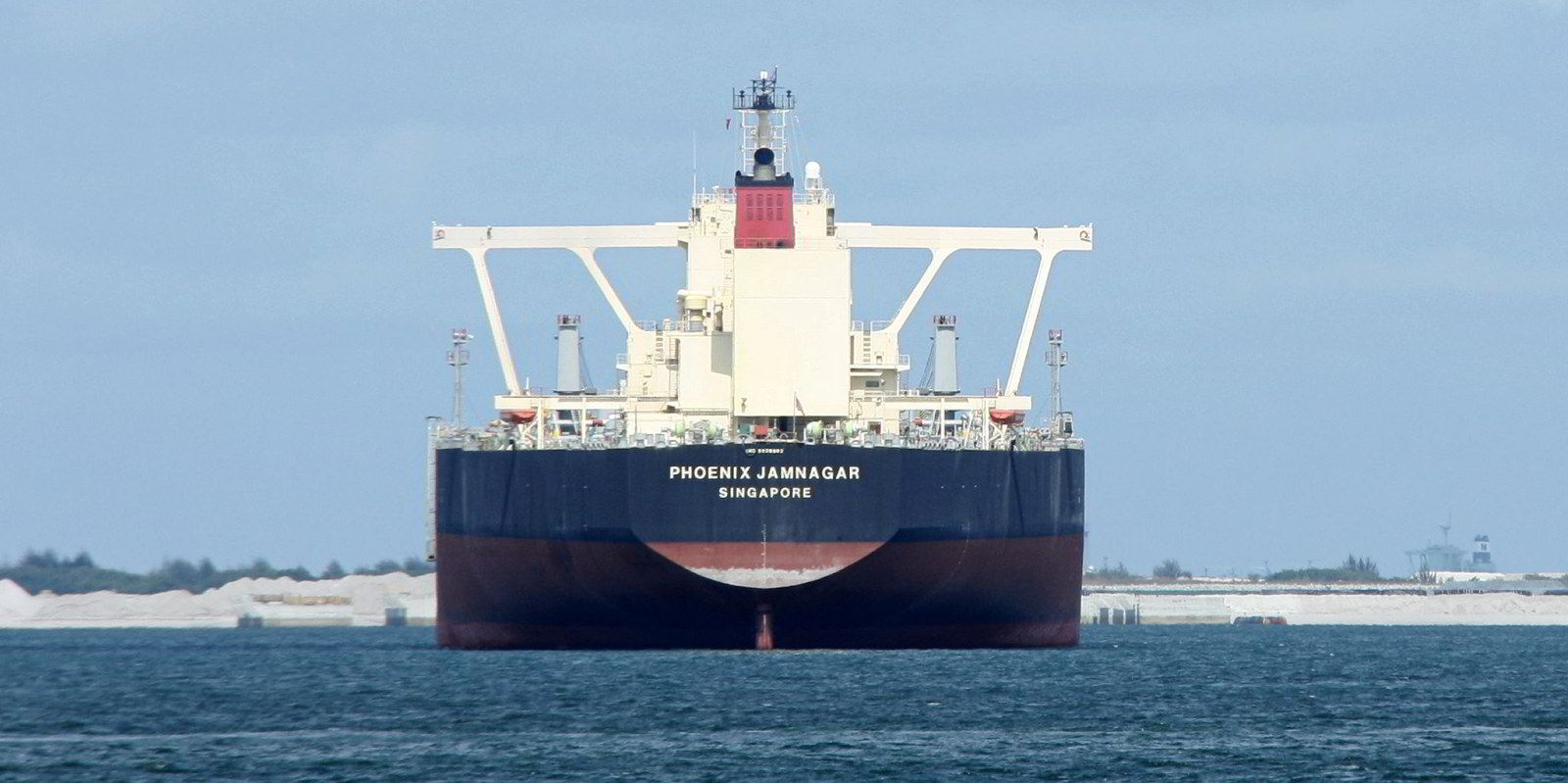VLCC specialist DHT Holdings has opened the door for newbuilding orders, takeovers and secondhand deals amid what chief executive Svein Moxnes Harfjeld calls a “highly constructive” supply picture for the market.
Harfjeld was upbeat in the short and longer term, with disruptions in the Red Sea, an ageing global VLCC fleet and a limited orderbook all contributing to his optimism.
He was talking the day after DHT announced its second-best annual results and it emerged that shipowners John Fredriksen and Evangelos Marinakis added up to 14 newbuildings to the VLCC orderbook with deals worth $1.8bn at a Chinese shipyard.
“DHT today already has significant exposure to the market and we feel we are well positioned to harvest in the very interesting period ahead of us,” Harfjeld said in response to analysts’ questions on today’s earnings call.
“That being said, we are turning every stone that could add value for our shareholders and increase earnings per share accordingly. That includes aspects of potential growth — it’s looking at secondhand vessels, M&A and also at newbuildings.”
This year has seen a flurry of VLCC newbuilding activity after more than two years of historically low contracting that has left the orderbook at just 2.5% of the trading fleet.
There were 23 VLCCs on order prior to the major moves from Fredriksen and Marinakis, meaning few deliveries to disrupt the market balance in the coming years.
Uncertainty over future fuel choices has been a catalyst for the order lull, Harfjeld said.
“In addition, many shipowners have alternative investment opportunities and not only in other sectors in shipping,” he explained.
“We see many shipping companies with meaningful capital being allocated to family offices, private equity and real estate.”
‘A huge number’
At the same time as orders have been low, the VLCC fleet has been ageing. Harfjeld said: “If you look to end-2026, the fleet that will be older than 20 years will reach 200 ships — a big number.
“However, looking at the number of ships older than 15 years by end of 2026, the number is huge. We believe in this scenario it will reach 445 vessels, equal to almost 50% of the fleet.”
Harfjeld said shipyards are sold out of VLCC slots in 2026 “for all practical purposes”.
“Shipyards are offering 2027 deliveries, however, in strong competition with other ship types such as LNGCs, VLGCs, ammonia carriers and large bulk carriers,” he said.
“Even a significant effort to order new ships will struggle to put a dent in this highly constructive supply picture.”
‘Amid all the geopolitical noise’
The crisis in the Red Sea has disrupted shipping in the past three months.
Harfjeld said the impact has previously been felt more strongly on the stock market rather than the VLCC freight market. Although, with many owners reluctant to trade their tankers in the region, this has helped an uptick in the VLCC spot market this week.
“Amid all the geopolitical noise, we should not forget to consider the fundamentals supporting our business,” he said.
“Continued growth in oil demand, longer transportation distances and hardly any new capacity coming to market against a rapidly ageing fleet.”
DHT reported a net profit of $35.3m for the fourth quarter, a plunge from $61.8m a year earlier.
Earnings per share of $0.22 were in line with Wall Street forecasts, according to Jon Chappell of Evercore and Omar Nokta of Jefferies.






